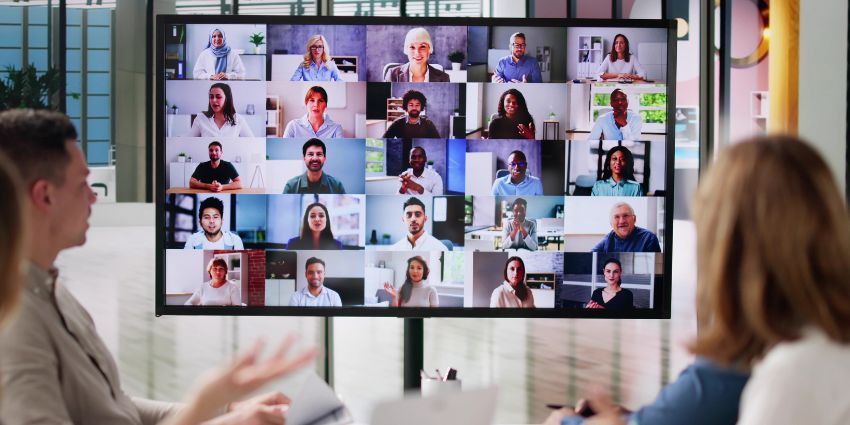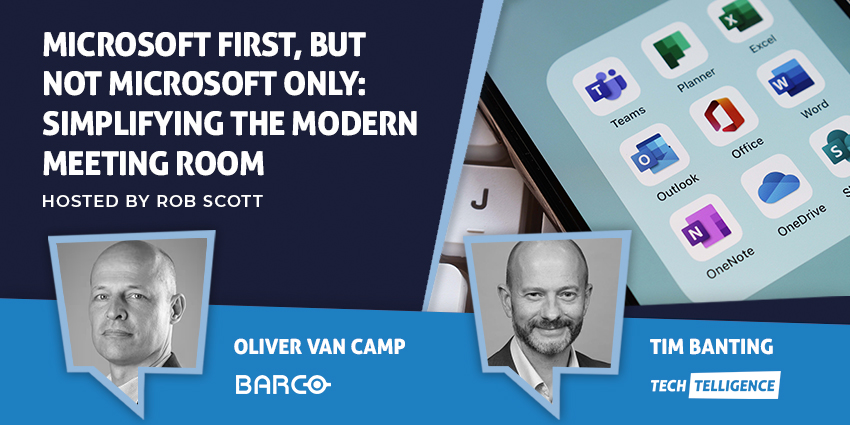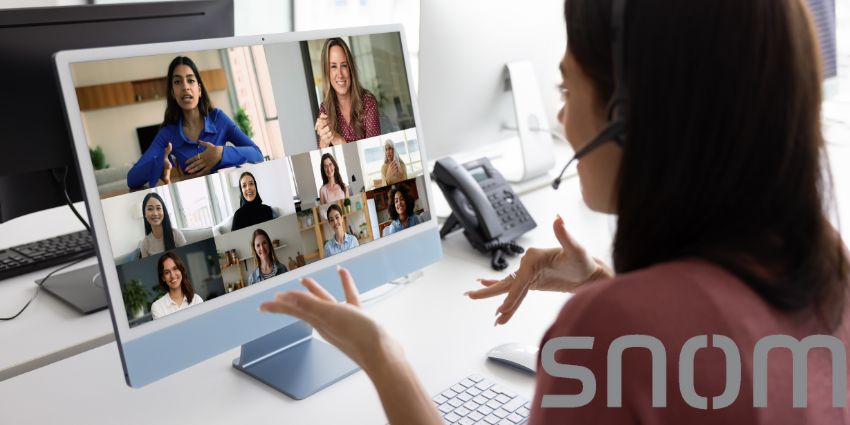Hybrid, remote, and flexible work arrangements remain popular across industries, but many organizations are keen to drive employees back into the office. Leaders recognize that in-person interactions are essential not only for achieving optimal productivity, but for successfully integrating new hires and sustaining a strong organizational culture.
However, employees, having gained more control over their work conditions in recent years, have reacted negatively to return-to-office (RTO) mandates. Recent research indicates that stricter RTO policies often lead to higher employee turnover, especially among valuable and hard-to-replace staff. Companies imposing stricter rules have seen a 14% spike in quit rates and a 23% increase in the time needed to fill vacancies.
It’s not just a desire for flexibility that’s driving talent away. Employees appreciate the freedom of “work from anywhere”, and the fact that it helps them save money and time. They worry that returning to the office will force them into environments where they cannot achieve their highest productivity levels.
Encouraging Employees Back into the Office the Right Way
Although restoring a full five-day office week isn’t feasible for most companies, leaders still aim to bring in their team members, at least occasionally, to ensure they can nurture company culture, facilitate impromptu interactions and enable spontaneous collaboration.
To elevate the employee experience and effectively inspire a return to office work, companies should make meaningful investments into spaces and technology rather than spending money on superficial perks like new coffee machines and weekly pizza days.
IDC’s studies have even found that investing in effective collaborative spaces not only reduces attrition and improves adherence to RTO mandates, it also has a direct impact on business performance. 85% of respondents in one survey said improved employee experience leads to increased customer satisfaction, which helps to boost business profitability.
Understanding what employees need to feel supported, fulfilled, and productive when working on-site is essential. After all, modern workspaces are no longer just places to sit at desks; they are hubs for workers to connect and learn.
Collaboration Technology Considerations
While creating inviting office environments equipped with tools for a cohesive and productive collaboration experience, organizations must also address the complexities of supporting remote participants and various room setups. A diverse range of work scenarios introduces considerable challenges and potential frustrations. The key to success is a multi-faceted approach.
Redesigning office space means creating areas that cater to employee needs, ranging from collaborative and flexible meeting rooms to phone booths and focus spaces for individual work.
While many companies have already completed the redesign of office layouts, some are still playing catch-up to make these new spaces fit for hybrid work, while others are now in the stages of creating a master strategic plan to guide their investments over the next few years.
Streamlining with Standardized, Platform-Agnostic Solutions
Among primary considerations, IT decision makers should seek simplicity through standardization, while recognizing the need for flexibility to accommodate different team preferences and client requirements. This includes supporting multiple UCC platforms and equipment designed for various platforms.
Organizations dealing within diverse ecosystems should look for platform-agnostic solutions that can work seamlessly with multiple platforms like Microsoft Teams, Zoom and Google Meet, as well as universal APIs that allow integration with comprehensive IT management solutions.
Fragmentation and integration issues are related concern. Interoperability is not only desired from internal perspective, having to manage, maintain and service solutions, but also for user experience. Users can be easily intimidated or frustrated if technology doesn’t work automatically. Emerging technologies such as AI-driven tools can be used for sensing when people enter a room, identifying attendees, and automatically launching meetings, which can streamline the user experience and reduce troubleshooting issues.
Enhancing Experiences with Advanced AV and Connectivity Solutions
Whatever the meeting environment, employees should have access to high-quality audio and video systems as intuitive and efficient as their personal devices, to streamline and boost collaboration experiences in ad hoc as well as scheduled meetings. With wider adoption of AI productivity tools like Microsoft Copilot, these AV systems should also be capable to support accurate transcriptions and identification of individual participants in the room, to provide personalized notetaking and facilitate individual follow-up.
Providing essential tools such as interactive screens and displays, and systems allowing employees to use their own devices in meetings is another crucial aspect. Effective connectivity technology – from high-quality internet connections to USB-C or HDMI connections – is vital for compatibility with various devices and platforms, and ultimately for successful conferencing, workshops, and hybrid brainstorming sessions.
Adaptability and Continuous Improvement
As the needs and preferences of employees returning to the office continue to evolve, business leaders need to remain adaptable. They need to ensure they’re investing in modular and scalable solutions that can be deployed across multiple rooms, buildings, and global locations, that can adapt to changing configurations and scale with their organization’s growth.
Partnering with vendors that offer flexible technology systems that can be adapted and customized to different employee and organizational needs will ensure you can continue to engage, support, and empower your staff in the years ahead.
Business leaders should also be paying attention to their team members as they return to the office, measuring productivity KPIs rather than attendance. This may include measuring how rooms and technologies are being used, and whether teams are encountering common issues.
Predictive analytics capabilities can help to better understand the utilization of UCC software and hardware, as well as meeting room usage, and can be leveraged to optimize resource allocation and improve overall efficiency.
Rethinking the Return to the Office
Organizational ability to maintain culture and retain talent, while balancing return-to-office and flexible work demands is elevating the need for advanced collaboration technologies.
The future of work will be characterized by flexibility, adaptability, and a focus on outcomes rather than physical presence. Companies that can successfully navigate this transition, leveraging human talent, quality collaboration technology and AI capabilities will be best positioned for success in the evolving digital landscape.
The RTO debate is more than just a question of where work happens. It’s a fundamental reassessment of how we define productivity and collaboration.







